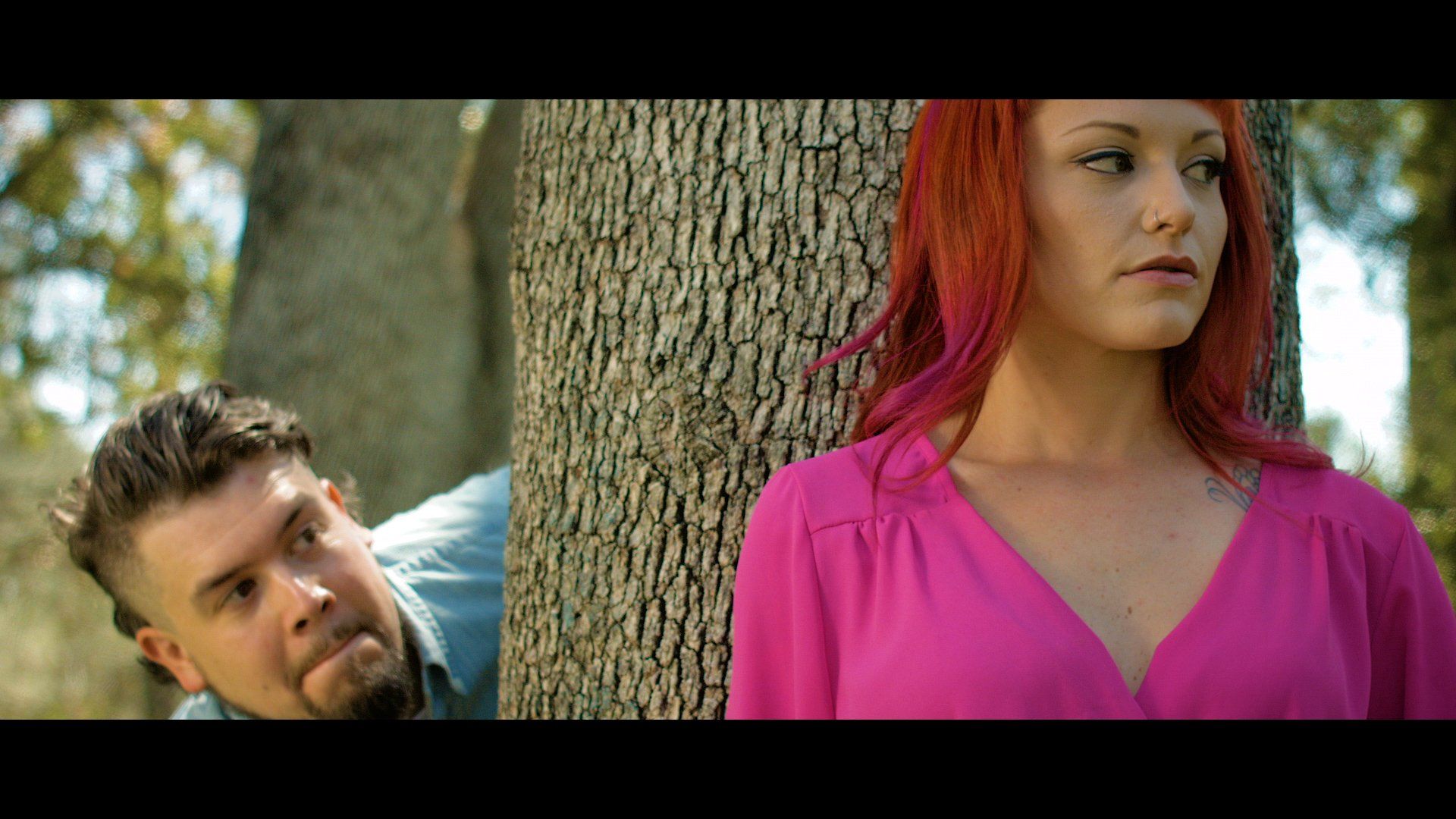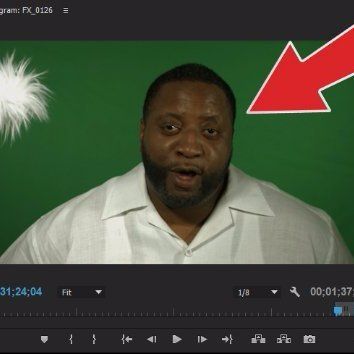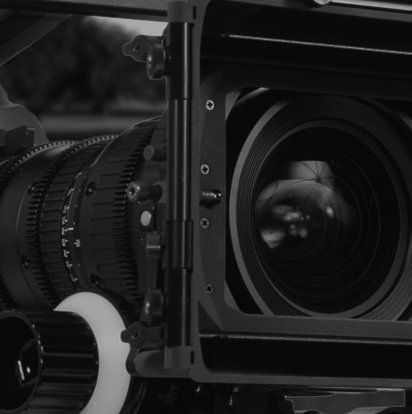QUALITY AUDIO IS KEY TO A GREAT PRODUCTION #2
- By Nicholas Westerlund
- •
- 02 Jul, 2016
- •
It's not about the equipment its how you use it!

Nowadays with the advent of the internet it is easier than ever to get great music and sound effects for your film. Quality studio recorded audio makes up for 50% of your film. Poor audio or the wrong music can ruin even the best cinematography. Indie filmmakers now have websites that professional musicians, sound designers and composers upload their music to and sell a mechanical licence that allows you to use their music or sound effects in your film for a small fee. Now some of us are filming with little to no budget when that is the case collaborating with musicians from the local music scene is a great way to get content while also giving the musician another method of promoting their music. A lot of musicians can be found at colleges and local music events. Network as much as possible and build a catalog of reliable musicians that are interested in collaborating with you and don't burn bridges! Make sure credit is given where credit is due.
As for dialog there are a few great mic's for under $500 that produce great recordings and have been used by filmmakers for years such as the Rode NTG-2 for around $200 and the Audio-Technica AT875R for around $170 to name a few. Both mic's are great for the indie filmmaker. Paired up with the TASCAM DR-60DmkII for around $180 or the bigger TASCAM DR-680MKII for $600, your production will have theatrical quality at a minimal price. The most important thing is to know your equipment! Use your equipment as often as possible. Learn how to properly gain stage and handle files after recording. One great way for any indie boom operator/mixer to gain real experience with their equipment is to start building a sound effects library, study Foley and sound design. Not only will this help you understand how to use your equipment better, but you can also sell mechanical licenses for other filmmakers to use your sound effects as a way to generate income.
Ideally when you listen back to your recordings you should have as little noise floor as possible. You achieve this by properly gain staging your input levels, remember that the more you crank up the gain the more power you are pushing through the operational amplifiers and the more noise you will have. Other factors that will contribute to noise is bad cables, wind and tapping or rubbing on the boom pole. You can reduce wind noise by placing a dead cat (a furry cover) around the microphone to soften and deflect wind noise. Replace any bad cables and learn how to properly wrap the cables to keep them from breaking and shorting out the cable and finally practicing with your boom with headphones on will allow you to learn what movements cause noise so you may be aware of how to properly move when it really counts.
After all of your music, dialog and effects are mixed and you are ready to finalize your production, you will want to render your mix and send the audio for mastering to be done. This is what will give your audio that full bodied high impact sound that you get with big name films. It is important to get multiple sets of ears to listen to your audio on multiple sets of speakers or monitors. Remember everybody hears differently, what might sound good to you may sound terrible to somebody else. The key is to find an even balance between all of the above parameters as possible.
I hope this sheds a little bit of insight on the importance of using quality audio in you production. Keep in mind it never hurts to hire a professional that already has the equipment and experience for the job. But for those working on a tight budget follow the above advice and see how much better your audio sounds and adds to your finished production.
Good luck!
As for dialog there are a few great mic's for under $500 that produce great recordings and have been used by filmmakers for years such as the Rode NTG-2 for around $200 and the Audio-Technica AT875R for around $170 to name a few. Both mic's are great for the indie filmmaker. Paired up with the TASCAM DR-60DmkII for around $180 or the bigger TASCAM DR-680MKII for $600, your production will have theatrical quality at a minimal price. The most important thing is to know your equipment! Use your equipment as often as possible. Learn how to properly gain stage and handle files after recording. One great way for any indie boom operator/mixer to gain real experience with their equipment is to start building a sound effects library, study Foley and sound design. Not only will this help you understand how to use your equipment better, but you can also sell mechanical licenses for other filmmakers to use your sound effects as a way to generate income.
Ideally when you listen back to your recordings you should have as little noise floor as possible. You achieve this by properly gain staging your input levels, remember that the more you crank up the gain the more power you are pushing through the operational amplifiers and the more noise you will have. Other factors that will contribute to noise is bad cables, wind and tapping or rubbing on the boom pole. You can reduce wind noise by placing a dead cat (a furry cover) around the microphone to soften and deflect wind noise. Replace any bad cables and learn how to properly wrap the cables to keep them from breaking and shorting out the cable and finally practicing with your boom with headphones on will allow you to learn what movements cause noise so you may be aware of how to properly move when it really counts.
After all of your music, dialog and effects are mixed and you are ready to finalize your production, you will want to render your mix and send the audio for mastering to be done. This is what will give your audio that full bodied high impact sound that you get with big name films. It is important to get multiple sets of ears to listen to your audio on multiple sets of speakers or monitors. Remember everybody hears differently, what might sound good to you may sound terrible to somebody else. The key is to find an even balance between all of the above parameters as possible.
I hope this sheds a little bit of insight on the importance of using quality audio in you production. Keep in mind it never hurts to hire a professional that already has the equipment and experience for the job. But for those working on a tight budget follow the above advice and see how much better your audio sounds and adds to your finished production.
Good luck!

Check out these photos from the HOT NEW music video called "CRUSH" I filmed with Director
Steven Tyler
and Producer
Jodie Fleming
for the band M2 and the People, Premiering in just a couple of days! Make sure you check them out and follow their page for the premiere at https://www.facebook.com/theofficialm2/?fref=ts
Share this post with your friends and let the world see what the Sacramento film and music industry brings to the table!


